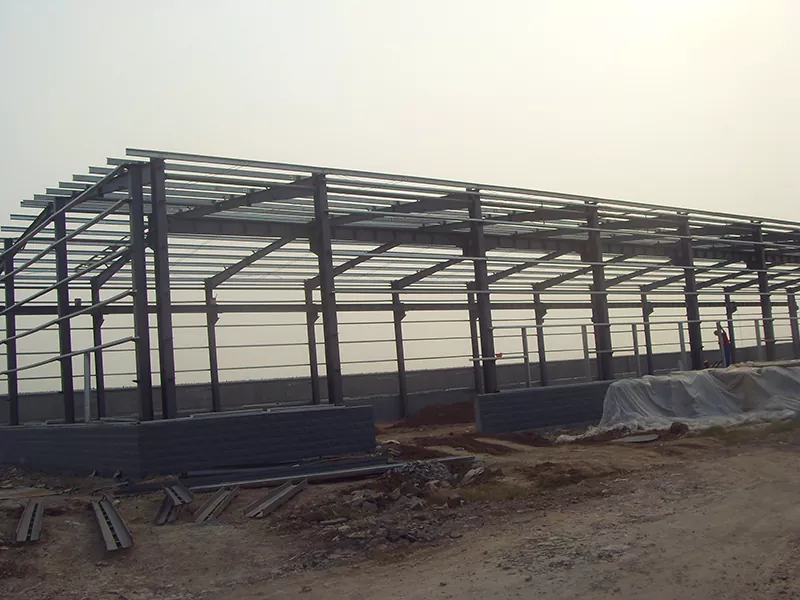What is steel structure warehouse building?
2024-06-14
A steel structure warehouse building is a type of warehouse constructed primarily using steel components. These buildings are designed to provide large, unobstructed spaces that are ideal for storage, manufacturing, or distribution purposes. Here are some key features and benefits of steel structure warehouse buildings:

Key Features:
1. Structural Components:
- Steel Frames: The main load-bearing structure is made of steel columns and beams.
- Steel Panels: Walls and roofs often consist of steel panels that provide durability and protection.
- Bracing Systems: Steel bracing enhances the building's stability and resistance to environmental forces.
2. Design Flexibility:
- Steel structures can be designed to accommodate various sizes and shapes, making them adaptable to different requirements.
- Large spans can be achieved without internal columns, providing more usable interior space.
3. Speed of Construction:
- Pre-fabricated steel components allow for faster assembly and erection compared to traditional construction methods.
- Reduced construction time translates to quicker project completion and potential cost savings.
4. Durability and Strength:
- Steel is highly resistant to natural elements such as wind, earthquakes, and heavy snow loads.
- It is also resistant to pests, rot, and fire, enhancing the longevity and safety of the warehouse.
5. Cost-Effectiveness:
- Although the initial investment might be higher than some other materials, the durability, low maintenance costs, and energy efficiency of steel structures can result in long-term savings.
Benefits:
1. Versatility:
- Suitable for various applications including storage, manufacturing, logistics, and retail.
- Can be easily expanded or modified to meet changing needs.
2. Sustainability:
- Steel is a recyclable material, contributing to environmental sustainability.
- Energy-efficient designs can be implemented to reduce operational costs.
3. Maintenance:
- Requires minimal maintenance compared to other building materials, reducing long-term upkeep costs.
4. Safety:
- Enhanced structural integrity and resistance to environmental forces ensure the safety of stored goods and personnel.
Applications:
- Commercial Warehouses: For storing goods and materials in a commercial setting.
- Industrial Warehouses: Used by manufacturers for production and storage.
- Distribution Centers: Hubs for receiving, storing, and distributing products.
- Agricultural Storage: For storing farm produce, machinery, and equipment.
In summary, steel structure warehouse buildings offer a robust, flexible, and cost-effective solution for a wide range of storage and industrial needs, making them a popular choice in various industries.


